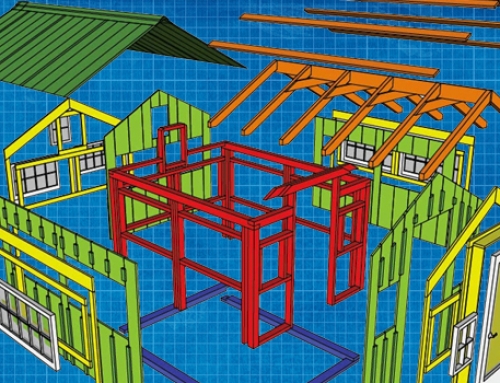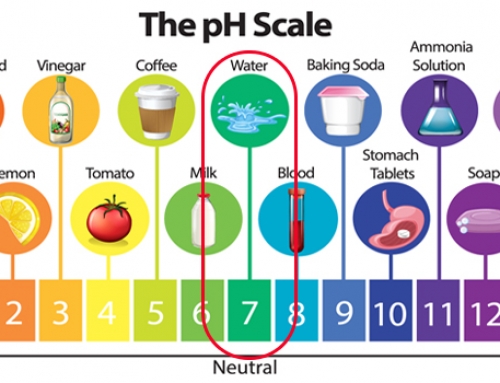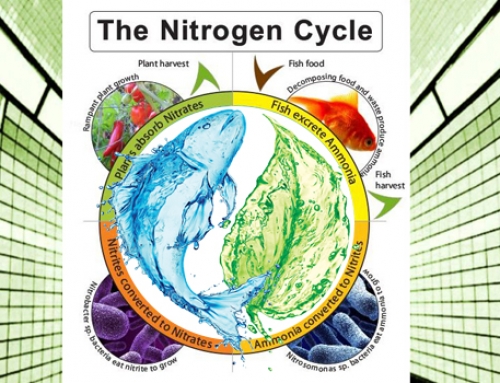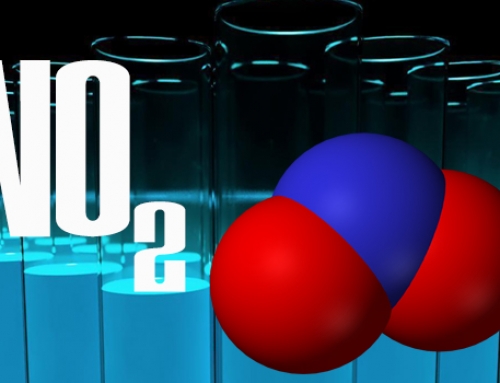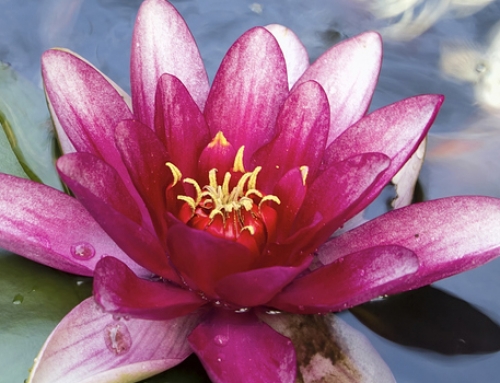Project Description
How Potassium Deficiency Affects Plants
Potassium is an essential nutrient that plays a key role in plant health and development. Plants use potassium for growth and for signaling between cells. It allows the plant to coordinate growth, including root development, stem strength, seed development, and flower or fruit growth. This contribution to successful cell signaling is also what helps plants mount a coordinated defense against threats like insects and diseases. Potassium is also a crucial building block necessary for water movement and creating proteins, both of which are needed for plant health and growth.
When an aquaponics potassium deficiency occurs, it has a negative effect on all of the plants in the system. Plants will show stunted growth, insufficient root development, poor resistance to insects or disease, and leaf symptoms that provide a clear visual clue that a deficiency is present. Leaves will yellow, turn brown or burnt around the edges, begin to curl or cup, and can develop rotted black, brown, or purple spots. Potassium deficiency can be observed in older leaves first. Plants that are deficient may fail to produce flowers or fruit and can wither and start to die.
Confirming Potassium Deficiency in Aquaponics Systems
To determine if your system’s potassium level is causing a problem, begin by looking for visual clues. Most aquaponics plant deficiencies will impact the physical appearance of your plants, making it easier to identify when something is wrong. The first thing to look for are signs of potassium problems showing in the leaves of your plants. Potassium deficiency affects older growth first, so these leaves should show the most severe signs. Look for chlorosis or yellowing of the leaf in between the leaf veins, browning or burnt look to leaf edges, curling or cupping of leaves, and spotting or rotting of leaves in black, brown, or purplish spots. Stunted plants with poor root growth that are easily pulled from the media beds and show minimal root structure are also a clear sign of a potassium deficiency.
Treating Potassium Deficiency in Aquaponics
If all signs point to potassium deficiency, it is important to fix the issue quickly. Failure to restore proper potassium levels can seriously delay plant growth, ruin your harvest, and cause plant death. A few simple steps will make treating your aquaponics potassium deficiency easily manageable. The best approach will include both adding potassium to the system and balancing nutrient and pH levels. The balance of nutrients is very important because other essential nutrients can result in a potassium deficiency in aquaponics plants even when you are supplementing with potassium. Balance calcium, magnesium, nitrogen, and potassium levels in your system to ensure your plants get the proper amount of the nutrients they need or risk other nutrients, especially calcium, hindering the plant’s ability to absorb potassium.
To quickly remedy a potassium deficiency you will likely need to supplement with potassium. When adding nutrients to aquaponics systems, it is important to consider the type of supplement you are using. For organic systems, potassium supplements will need to be organic as well. Additionally, the pH level of your system should be considered. If your pH level is running high, a potassium supplement that will have minimal impact on pH is important. A kelp meal is ideal in these situations, although it is also suitable for systems with low pH. For systems with a lower pH, a supplement like potassium hydroxide can help improve potassium levels while raising pH. There are two ways to supplement with potassium.
How to Add Potassium to Aquaponics
- Adding to the entire system: using a supplement that you add directly to the water solution in your system is a common choice for adding nutrients to aquaponics.
- Potassium supplements can easily be introduced to the system this way. This is not the most direct route to getting potassium to your plants, however.
- Adding directly to the plants: many potassium supplements can be used as a spray, which is applied directly to the leaves of the plants.
- This is an excellent way to ensure your plants get the potassium they need. It is more effective than adding potassium to the entire system because your fish will also use some of the available potassium.
Preventing Potassium Deficiency in Aquaponics
Once you have treated your plants and system to increase available potassium for your plants and balance nutrient and pH levels in the system, you will want to take a few steps to prevent deficiencies in the future. Since problems with potassium intake can occur if there is too much calcium or other nutrients in your system, regularly checking nutrient levels and supplementing as needed should help you maintain a balance. Flush your system or conduct a partial water change if nutrient levels are out of alignment. You should also consider switching to a high-potassium fish feed to help maintain levels. Keeping your chosen potassium supplement on hand is also an excellent idea. This means it will be available if you determine your plants are in need of potassium again.

